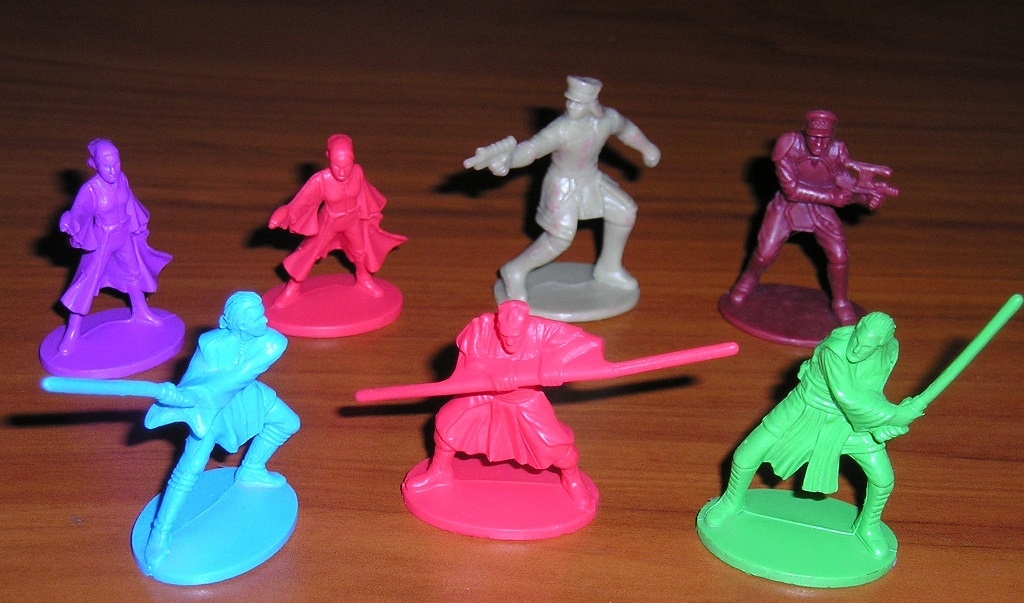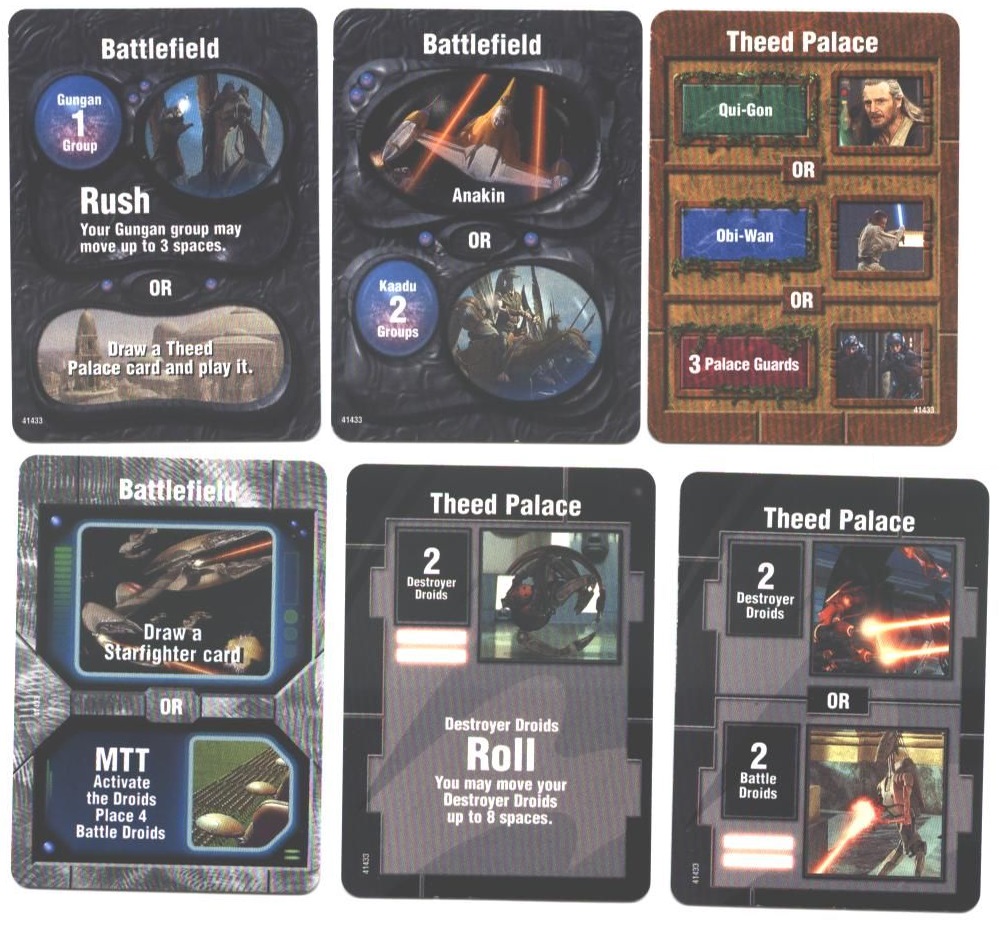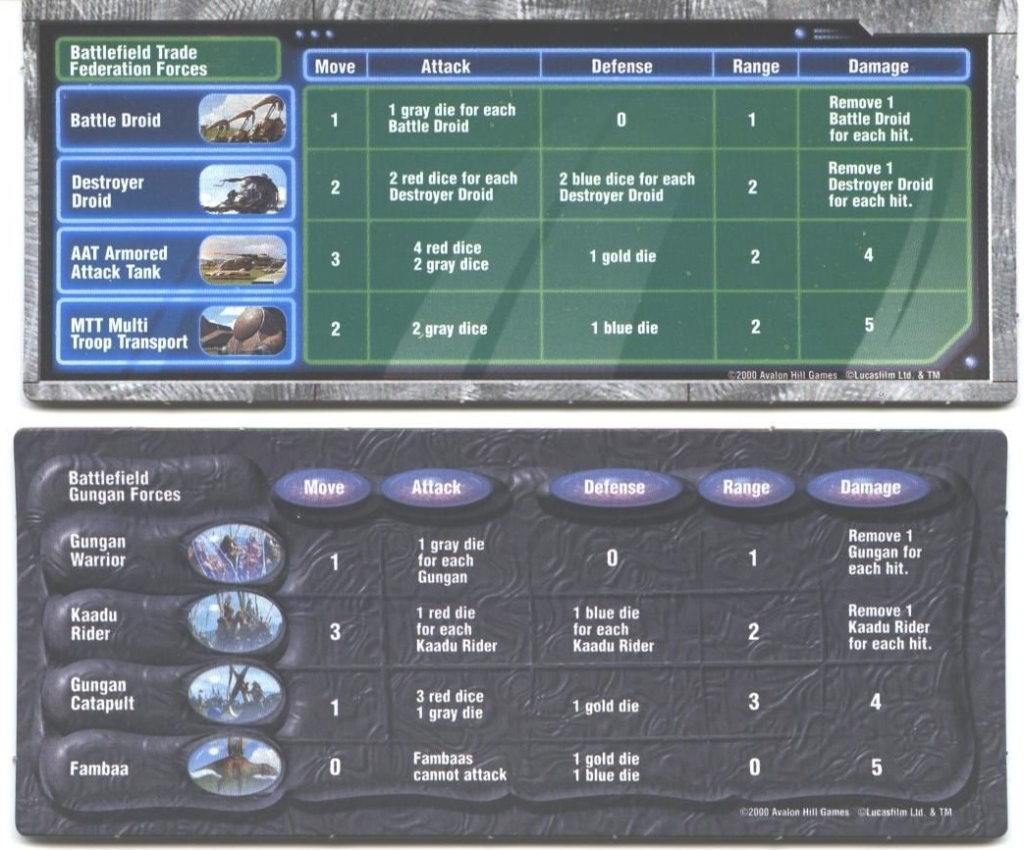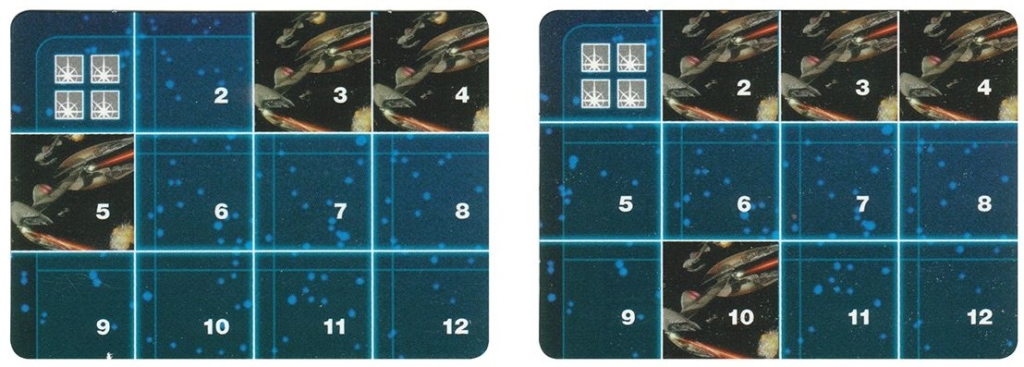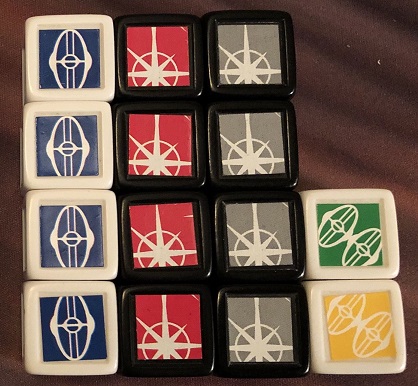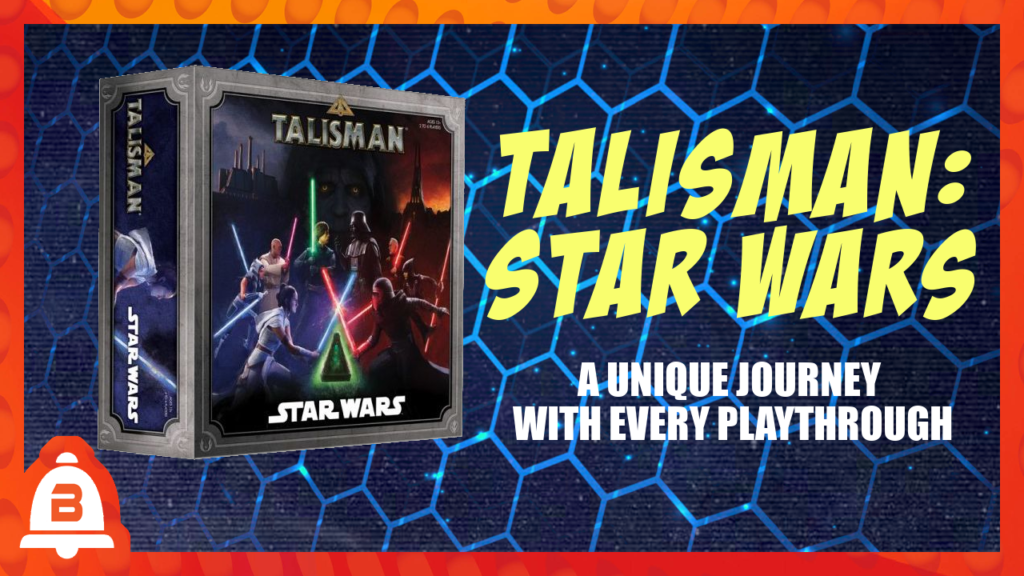Star Wars: The Queen’s Gambit Has A Truly Epic Scope of Battle
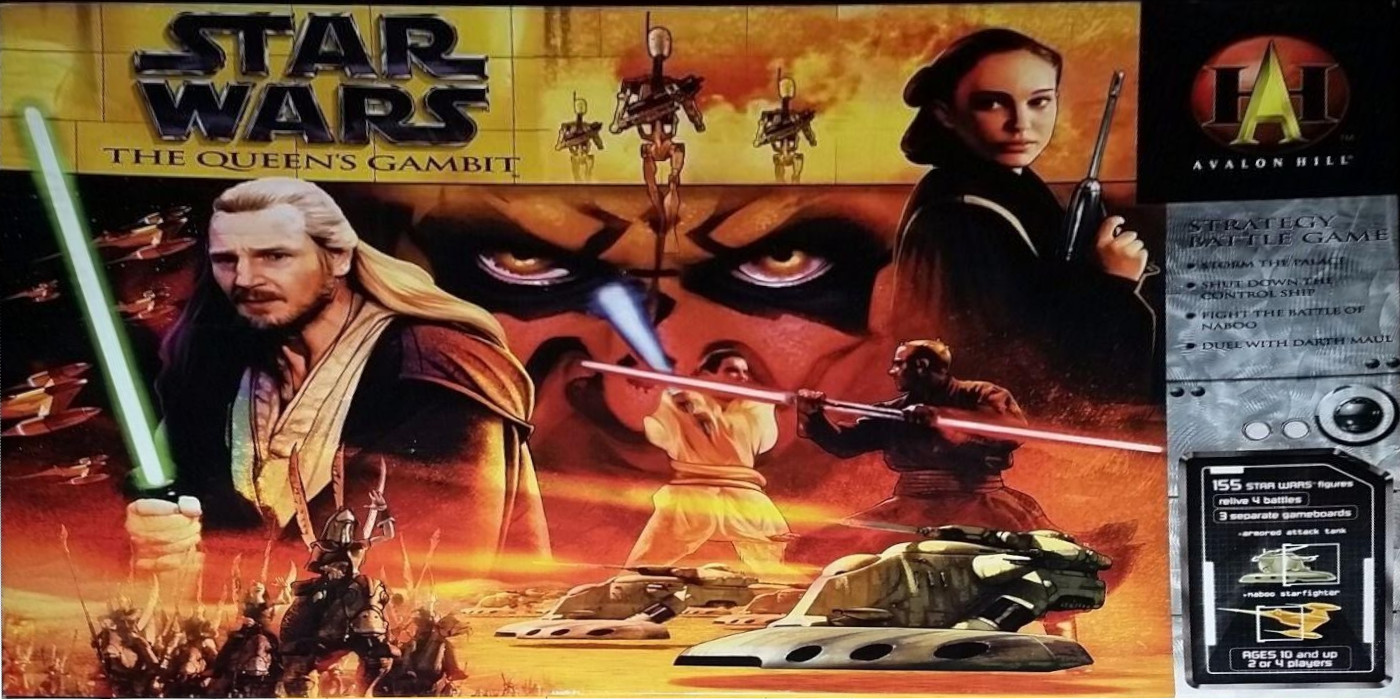
No, not that Queen’s Gambit. There’s less bishops and more droids, but its still just as great!
We’ve covered a lot of movie tie-in board games here at BoLS. Some were great games, some were… just games. But Star Wars: The Queen’s Gambit might be the most thematic and grand game we’ve looked at yet! Well, discounting ones that aren’t historically accurate.
Released in 2000 by Avalon Hill (already a good start), the game follows the epic final battle in Episode 1: Phantom Menace. Say what you will about the movie, but that final battle was intense. Dual of the Fates is still an absolute banger of a song and scene.
https://www.youtube.com/watch?v=YYZFJSI9dBk
But that wasn’t the only thing going on at the time of that scene. The Gungans were fighting off the droid army, Anakin was taking down the Trade Federation droid control ship, and Queen Amidala and her guard were fighting for control of the Theed Palace of Naboo. It was a lot all at once. And that’s what this game is: A lot.
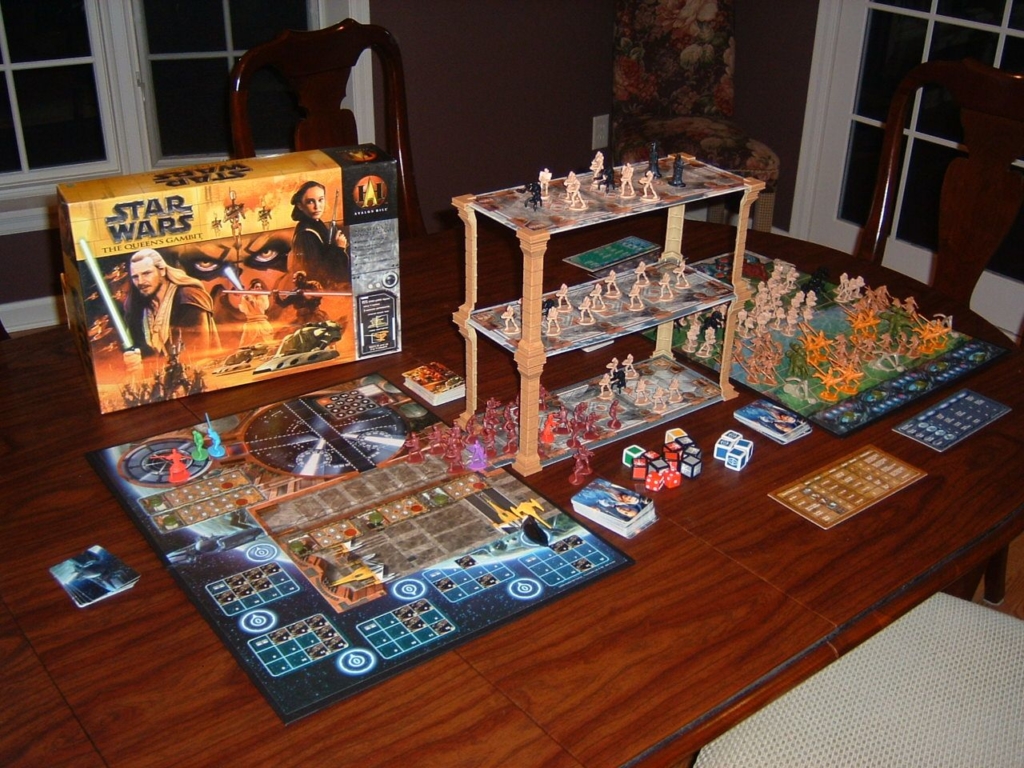 See? I tried to tell you.
See? I tried to tell you.
I would never use hyberbole, not in a million years.
Star Wars: The Queen’s Gambit is a competitive strategy game with action selection, action planning mechanics and dice rolling combat. It plays for either 2 or 4 players (its best with 2), but in either case it’s the Jedi and their team versus the Sith and theirs. The game has four “scenes” going on at once and both players have to deal with each of them simultaneously. However, the main objective of both teams is to have the majority of units in the Naboo palace throne room when the game ends. The game ends when either Anakin shuts down the droid control ship, or when the Trade Federation player kills all but 2 of the guards in the palace, making getting a majority impossible since the two Viceroys are stationed in the throne room and can not be killed.
At the beginning of each round, both players will have a hand of 10 action cards. These cards will often have two different actions the player can choose to do when that card is revealed. Each player chooses 4 of their cards and places them facedown in the order they will want to use them. Some game effects also allow bonus cards to be added to the bottom of the action card pile. If this happens, that player will have more actions during that round than their opponent, so bonus action cards are very powerful. Once both players have chosen their actions for the round, the first player reveals their top card and does one of the actions on that card. Then the other player does the same.
Each battlefield has different effects and strategy. But the combat mechanics hold true for everyone except Anakin. The attacking character or unit checks its reference sheet to see how many attack dice it rolls, then the defender rolls their defense dice. Attackers are looking for hit markers and defenders are looking for defense markers. Most droids and guards are killed in 1 hit, but named characters and vehicles have a damage track to show how many hits they can take before being killed.
Most characters also have an effect if they are killed. For example, Queen Amidala has two separate characters, a purple pawn and a red pawn. The Naboo player secretly knows which is the real queen and which is just Elizabeth Swann is disguise. However, if the real queen is killed, all guard have their movement speed cut in half. Most other characters will grant bonus cards to the other player, to be used in the following round.
Anakin’s space battle is the most different of each battlefield. Anakins goal is to reach the final space on the track. Each time he attempts to move forward, the Trade Federation player rolls two defense dice and places any defense marks anywhere on the grid for that section. Anakin then rolls two normal d6 and is attempting to get a result that is not marked with a ship or by one of the dice placed there. If he finds an open space, he moves to the next space on the track. The Trade Federation player can also add additional cards to the space battle, which Anakin will also have to deal with, slowing him down.
There’s also the Plains of Naboo battle between the droid army and the Gungans, as well as the Generator Core battle between Qui-Gon and Obi Wan, and Darth Maul. However, these basically work just like the Theed Palace battle mechanics. Still, each causality in these battles grant bonus cards to the opposition, so they can’t be ignored. Plus, the Generator Core is connected to the Theed Palace, so once that battle is completed, the victor can run into the palace and start wreaking havoc for their side.
Like I mentioned up top, there is a lot to this game so we had to brush over a lot of it. But, considering the scope of what it encompasses and does so in a manageable way, this game is great. It’s got a wide scope, but doesn’t get too deep and heavy with the mechanics. I love a game that is fought on multiple fronts, and Star Wars: The Queen’s Gambit absolutely pulls it off fantastically.

